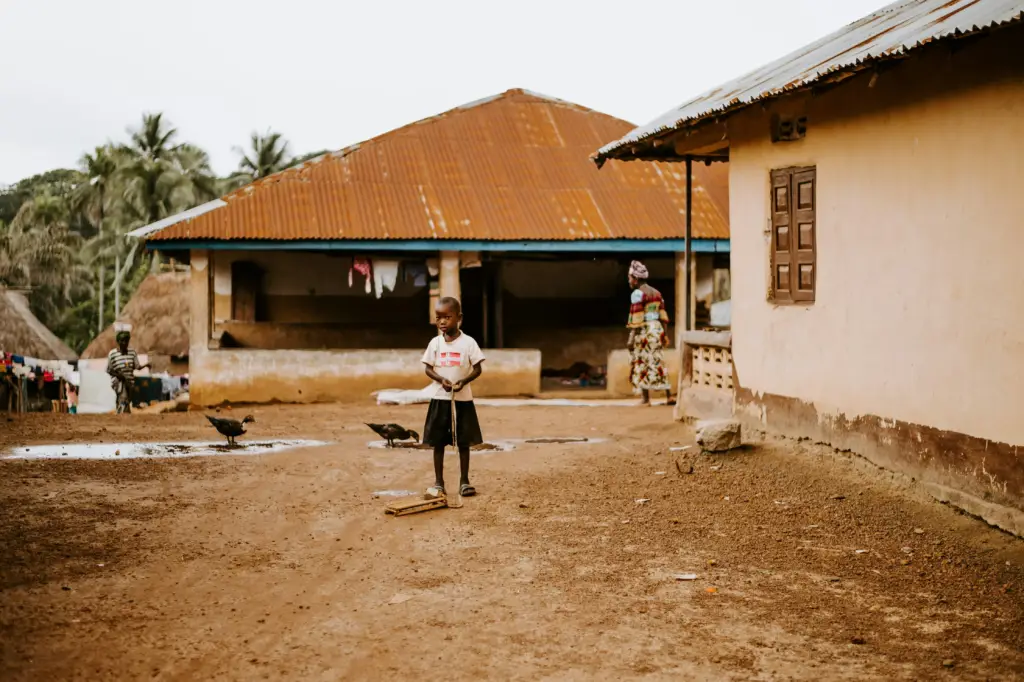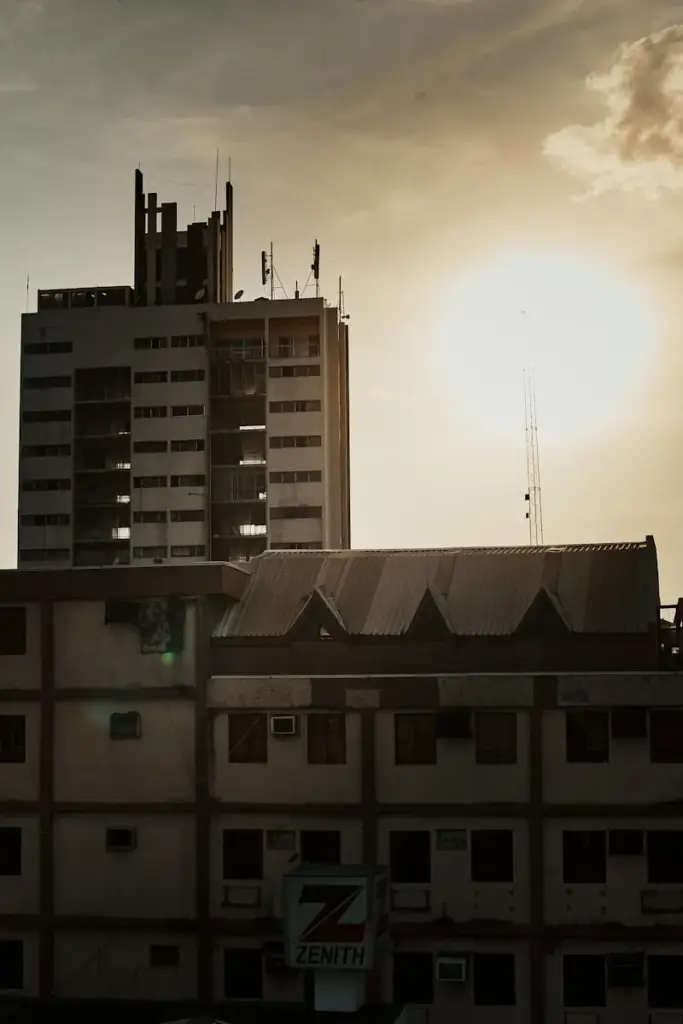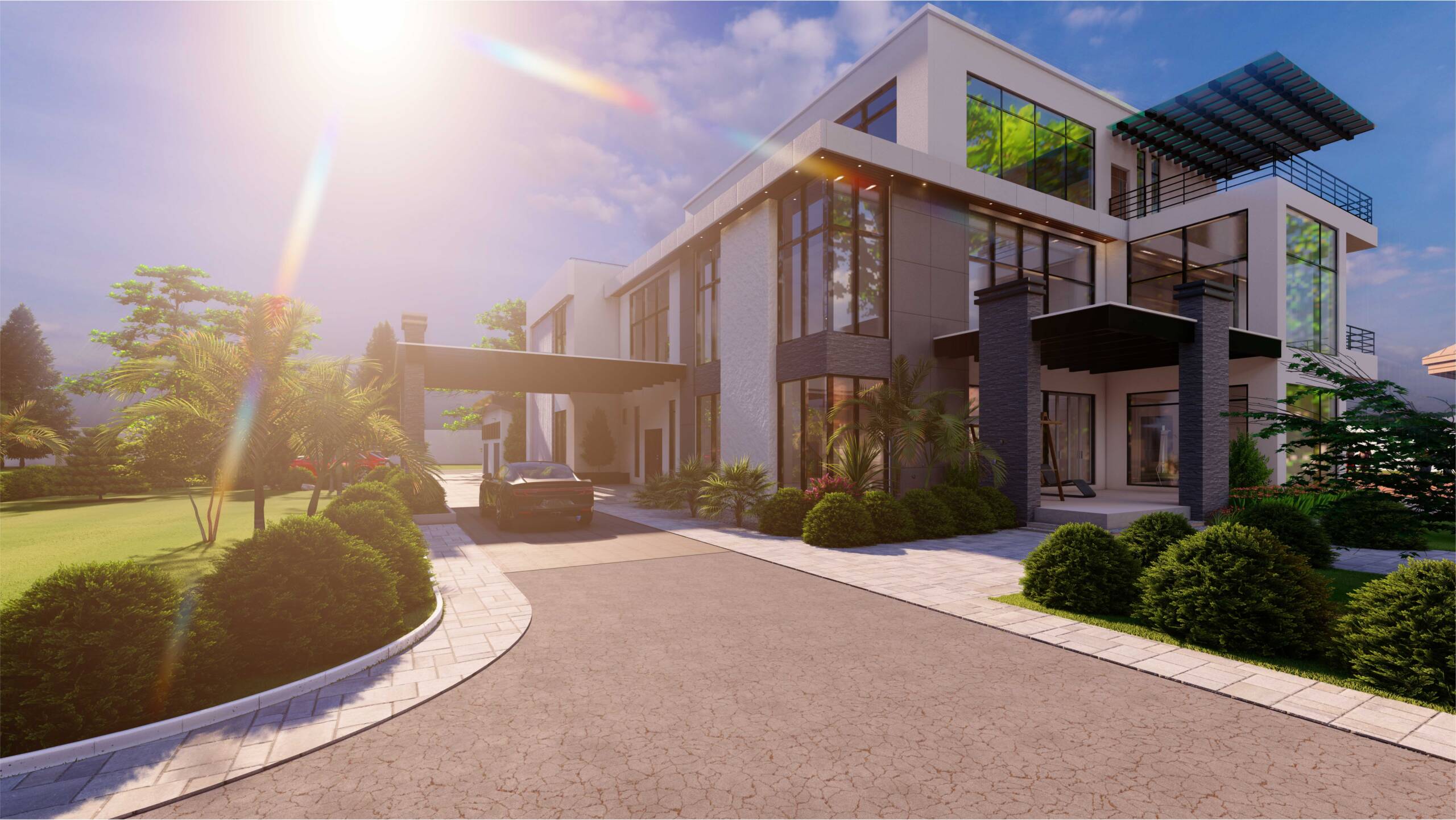
Image by Annie Spratt on Unsplash
INTRODUCTION
Have you ever marveled at the mix of mud-walled compounds in rural Nigeria or sleek skyscrapers in Lagos? You’re not alone. Architectural designs in Nigeria are a fascinating blend of cultural heritage and modern innovation, reflecting the country’s diverse history and forward-thinking spirit.
From Hausa domes in the north to Yoruba courtyards in the southwest and cutting-edge eco-friendly homes, Nigeria’s architecture tells a story of tradition meeting modernity.
In this BlogPost, we’ll explore the evolution of Nigeria’s architectural landscape, spotlight key styles, and highlight how architects are shaping sustainable, culturally rich spaces. Ready to see how Nigeria’s past and present come together in its buildings? Let’s get started!
RELATED BLOGPOST
Traditional Nigerian Architecture: Cultural and Environmental Roots
Nigeria’s traditional architecture is as diverse as its 250+ ethnic groups, each with unique designs shaped by culture, climate, and local materials. Let’s break down the big three: Hausa, Yoruba, and Igbo styles.
Hausa Architecture
In northern Nigeria, Hausa architecture shines with its mud-brick (tubali) structures and intricate domes. You can think of the Emir’s Palace in Zaria, with its ribbed vaulting and zaure (entrance halls) designed for privacy.
These buildings use thick mud walls to keep interiors cool in the scorching Sahel climate, a practical choice for the region’s heat. The cultural vibe? Extended family living and Islamic influences, with communal spaces for gatherings.

Image by Getty Images on Unsplash
Yoruba Architecture
Head to the southwest, and you’ll find Yoruba courtyard houses, or akodi, built around open spaces for family interaction. These compounds, often made from laterite mud, feature high-pitched raffia roofs to handle heavy rains.
The courtyard isn’t just pretty, it’s a hub for cooking, crafts, and bonding, reflecting Yoruba values of community. Studies show these designs are at risk of fading due to modernization, making preservation crucial.
Igbo Architecture
In the southeast, Igbo architecture favours rectangular or circular homes with thatched roofs (aju) suited for the Tropical Savanna’s rainy seasons.
The obi, a central meeting space, reflects clan hierarchy and community spirit. Built with mud and timber, these structures are maintained communally, often by age grades, showing the Igbo’s collective approach.
These traditional styles aren’t just relics, they’re inspiring modern Nigeria architectural home designs by proving you can build sustainably with local materials.
Modern Nigerian Architecture: Colonial and Global Influences
Fast forward to the colonial era, and Nigeria’s architecture got a major shake-up. British rule brought Gothic revival and neoclassical styles, seen in places like the Supreme Court at Tinubu Square, built in 1904 with grand columns and symmetry.
Afro-Brazilian influences from returned Yoruba captives added flair with ornate facades and multi-storey buildings, especially in Lagos.
Post-independence, architects like Maxwell Fry and Jane Drew introduced the International Style, with projects like the University of Ibadan’s Kenneth Dike Library. These designs tackled Nigeria’s climate with cross-ventilation and concrete grilles.
Today, urban centers like Lagos boast skyscrapers like Shell House, built with concrete, steel, and glass, reflecting global modernist trends. But some critique these as “sterile,” lacking the cultural soul of traditional designs

Image by Emmanuel Ikwuegbu on Unsplash
Blending Traditional and Modern: A Sustainable Future
Here’s where things get exciting. Nigeria architectural house designs are increasingly blending old and new for sustainability and cultural resonance. Architects are reimagining traditional elements like courtyards and natural ventilation in modern contexts.
- Civic Centre, Lagos: This iconic building fuses contemporary aesthetics with Yoruba-inspired courtyards, using local materials for eco-friendly design.
- AllSpace by Blossom Eromosele: A modular, solar-powered housing solution inspired by traditional African forms, addressing the refugee crisis with low-cost, sustainable homes.
- Demas Nwoko’s Studio: Known for using laterite and pitched roofs, Nwoko’s designs cool interiors naturally, drawing from 1920s southeastern homes.
Sustainability is a big driver. Architects are using mud bricks, bamboo, and solar panels to cut energy use, as seen in projects like Enugu Heritage Homes.
Research shows 100% of surveyed Nigerian architects are open to sustainable design guides to combat climate change. But challenges remain; globalization pushes modern materials like concrete, sometimes at the cost of cultural identity.
Notable Architects and Projects
Nigeria’s architectural scene is buzzing with talent. Here are some game-changers:
- Demas Nwoko: A pioneer of Afro-Modernism, blending African aesthetics with sustainable practices.
- Tosin Oshinowo: Her Lantern House and Coral Pavilion use natural materials and smart tech for climate-responsive designs.
- Kunlé Adeyemi: Famous for the Makoko Floating School, tackling urbanization and flooding with innovative solutions.
- Projects to Watch: Eko Atlantic Residence, Kano Urban Loft, and the 4 bedroom bungalow architectural design in Nigeria by coreHygge, blending style and functionality.
These architects are shaping Nigeria house designs and architecture with a focus on sustainability and cultural pride.
Challenges and Future Directions
While Nigeria’s architecture is thriving, it faces hurdles. Globalization has shifted preferences to modern materials, threatening traditional styles, especially in urban areas like Lagos Island.
Preserving historical buildings, like the Kano Emir’s Palace, is tough when modern designs dominate. Plus, sustainable materials can be costly, limiting adoption.
Looking ahead, the future of architectural designs in Nigeria is bright. Expect more modular homes and smart tech like solar panels. Policies supporting local materials and architectural education, as suggested by Demas Nwoko, could drive innovation.
The goal? Buildings that honour Nigeria’s heritage while meeting modern needs.

Image by Yuriy Kovalev on Unsplash
Conclusion
Architectural designs in Nigeria are a beautiful tapestry of tradition and innovation. From Hausa mud domes to Yoruba courtyards and sleek Lagos skyscrapers, the country’s architecture reflects its rich history and bold future.
Do you want to bring these designs to life? Connect with imprexi to build your dream home that celebrates Nigeria’s unique heritage.
Read More: Architectural Design: A Beginner’s Guide to Building Design
FAQs
- What are the key features of traditional architectural designs in Nigeria?
Traditional designs vary by region: Hausa use mud bricks and domes for cooling, Yoruba favour courtyard compounds for community, and Igbo build high-pitched thatched roofs for rainy climates.
- How do modern Nigeria architectural house designs incorporate sustainability?
Modern designs use local materials like mud bricks, solar panels, and natural ventilation, as seen in projects like AllSpace and Lantern House, to reduce environmental impact.
- Who are some leading architects shaping Nigeria house designs and architecture?
Demas Nwoko, Tosin Oshinowo, and Kunlé Adeyemi are pioneers, blending traditional elements with sustainable, modern designs for cultural and functional impact.





2 Comments